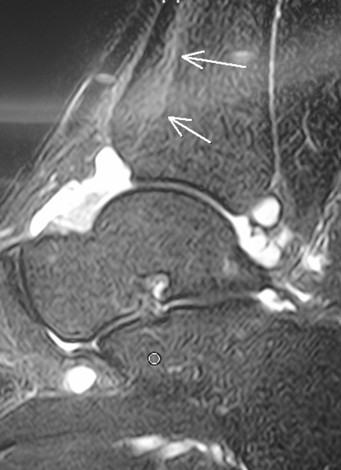Prolapsed intervertebral disc causing sciatica
Sciatica is a pain symptom radiating from the low back to the calf and
foot. It is usually caused by prolapsed intervertebral disc most
commonly occurred at 30-50 years old. At these age, our intervertebral
discs, especially the lower lumbar, started to have tears of different
extent, followed by dehydration and collapse. The may cause low back
pain and it was reported that up to 80% of the population may have a
least one episode of major low back pain during their working age.
These
tears cause pain but most of these are only transient. The pain may
improve with time and the most important factor to improve the symptoms
and prevent it from becoming chronic pain is to stay active, sometimes
with the aid of appropriate pain medications and physiotherapy. In some
of the individuals, the disc may protrude through the tear and cause
compression on the lumbar nerve. This causes radiation pain down the
leg, i.e. sciatica.
Physiotherapy
There are various modalities of physiotherapy help to relief pain and
prevent prolonged bed rest which is found to be detrimental to
functional recovery. More importantly, the physiotherapists help the
patient to maintain proper posture and perform appropriate exercise to
strengthening the back muscles. The strong muscles can help to maintain a
correct position of the spine. Low-impact activities can increase
overall fitness without straining the back.
Pharmacologic and surgical treatment
According to research and clinical experience, many patients can relieve
their pain by maintaining regular and appropriate physical activities
in several weeks. Six weeks of physiotherapy / pharmacologic treatments
would be advised for general case. Orthopaedic doctors may employ nerve
blockers for some serious cases. Generally, more then 80% of the
patients would have their symptoms improved with these non-surgical
treatments in a few weeks’ time.
Surgical treatment is indicated for Cauda equina syndrome-the lumbar and sacral nerve roots are severely
compressed by the propapsed intervertebral disc. Apart from lower limb
pain, the patient also has pain and numbness in in the buttocks and
peranal area and bowel and uninary incontinence or retention. This
condition needs emergent surgical treatment.
The disabling pain persist after 6 weeks of physiotherapy / pharmacologic treatments
Progressively worsening neurological deficit.
Orthopaedic doctors will undergo proper diagnosis and evaluation before
recommendation for surgery. The main purpose of the surgery is to reduce
pressure on the nerves.
It is not intended as medical advice to any specific person. If you have
any need for personal advice or have any questions regarding your
health, please consult your personal physician.



